Toronto to Oscars: Meet the One-Woman Army Taking Assamese Cinema to New Heights
Casting first-time actors, children and even people from her native village, Rima Das has completely changed the way we look at filmmaking.
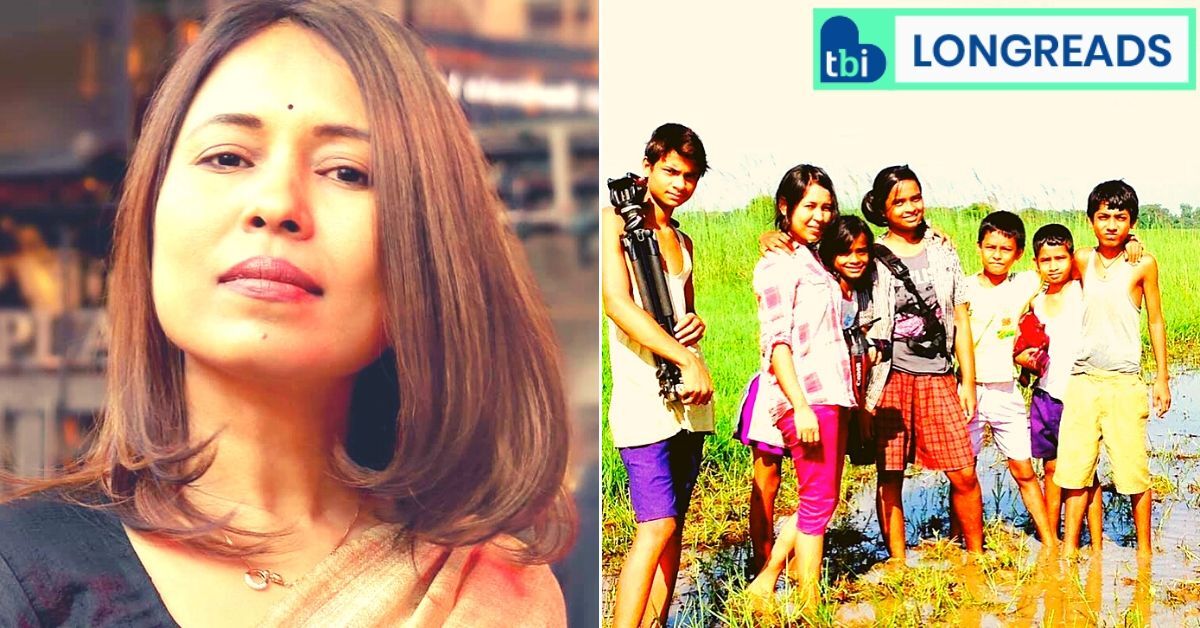
A few weeks ago, I watched ‘Bulbul Can Sing’, a coming-of-age film directed by Rima Das, about three teenage friends—Bulbul, Bonnie and Suman—and how they navigate love, life, friendship, questions of their sexual identity and an overbearing society.
Akin to her previous work ‘Village Rockstars’, which won the National Award for Best Film and became India’s official entry for the Oscars in 2018, ‘Bulbul Can Sing’ is rooted in the daily rhythms of rural life, and is an incredibly heartfelt and spell-binding take of what it means to grow up.
My favourite sequence comes at the very end when Bulbul and Bonnie’s mother, who is grieving her daughter’s suicide, are alone together on the banks of the Brahmaputra, as the sun sets and its rays pierce through the darkened clouds gathered above them.
Seeing Bulbul despondent, Bonnie’s mother says, “Don’t worry. If you listen to people, your life will be ruined. Do what your heart says.”
What follows is the appearance of a beautiful rainbow.
Speaking to The Better India, Rima (38) describes the process of filming this sequence.
“The place is about 15 km from Chhaygaon, my native village. It was a miracle that this scene even happened. It was a sunny day when we reached there, but soon after, it became very windy and cloudy, and we thought it was going to rain. But the weather changed, and magically a rainbow appeared. Nature came to our rescue,” she says.
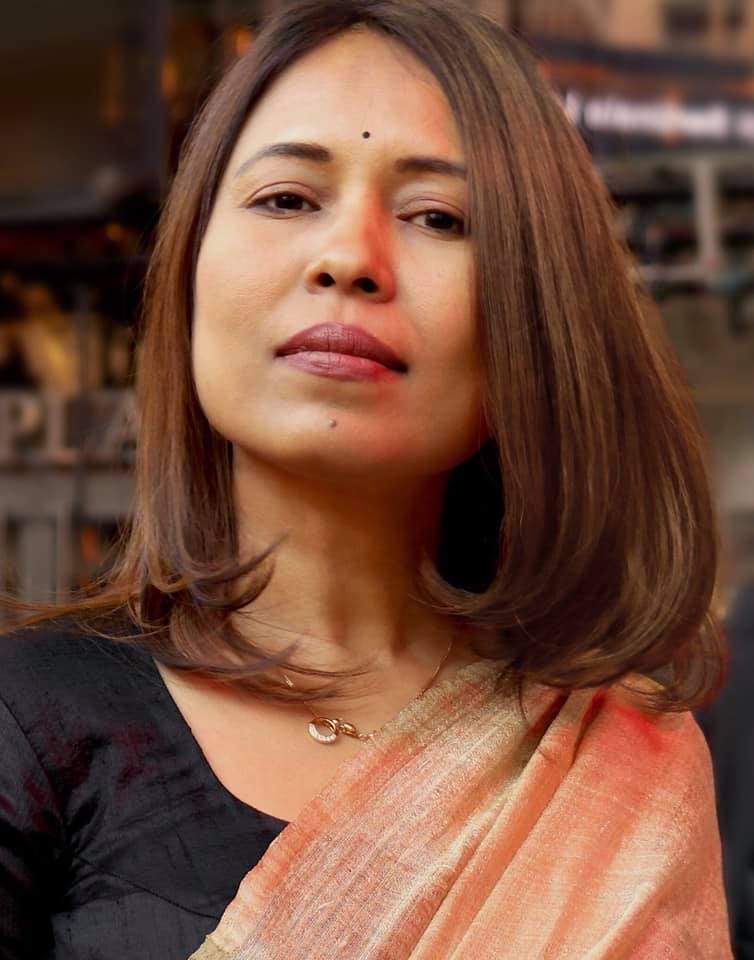
This sequence encapsulates nearly everything I love about Village Rockstars, and Bulbul Can Sing.
In both films, the camera beautifully captures the bucolic landscape of rural Assam. There are lingering shots of ponds, trees, leaves, grass, paddy fields, the sunshine sparkling through the clouds, village homes and evocative close-up shots of people who inhabit this picturesque land.
“There is no storyboard, and through these shots, I was simply observing life,” she says rather nonchalantly.
However, what augments the aesthetics of these shots is the emotion it expresses—hope. After a series of tragedies induced by an overbearing society through the second half of the film that ravages the life of the main protagonists, what we witness is the defiance of two women worst affected—Bulbul and Bonnie’s mother.
Despite losing her child thanks to the fallout of another incident that involved Bulbul, both characters are brought together by love, empathy and finally defiance when Bonnie’s mother says, “Do what your heart says.”
The appearance of a rainbow right after that dialogue reaffirms that hope.
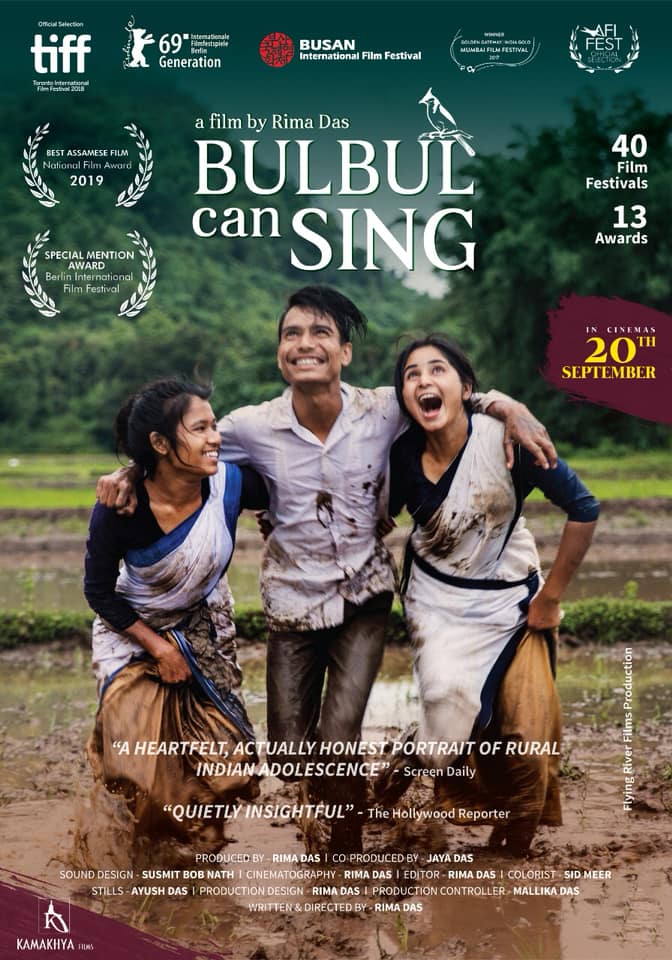
Hope is also an ever-present theme in Village Rockstars, which centres on 10-year-old Dhunu harbouring dreams of starting a rock band with her friends despite living in poverty.
While we see Dhunu fashioning a guitar out of waste styrofoam in the early sequences of the movie, it closes with her strumming an actual acoustic guitar that her mother has gifted her, out under a setting sun on the paddy field. Surrounding Dhunu are her friends who can’t hide their joy.
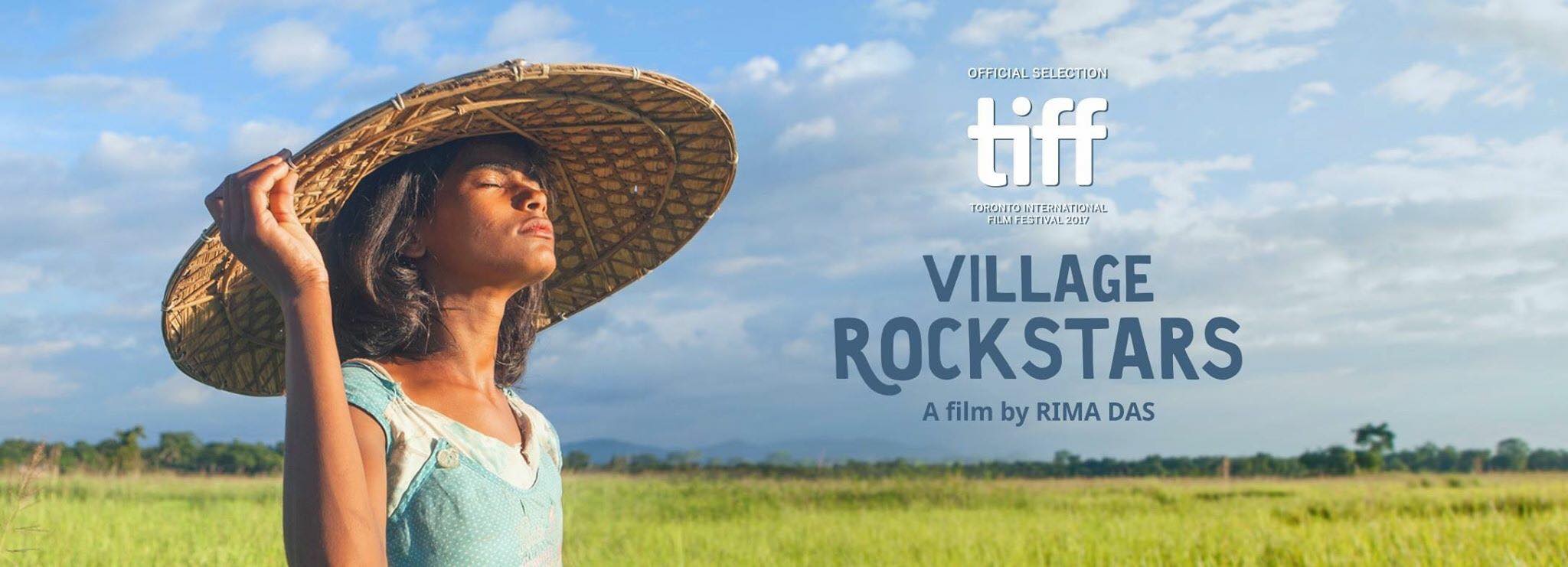
Hope & Bridging The Generational Gap
In Bulbul Can Sing, what I found was a story-telling process that was quiet, restrained and gentle. The first half is free-flowing because that’s how life is, according to Rima.
“When you’re free, everything is beautiful. But in the second half, society enters their lives through a moral police squad and villagers who deem Bulbul and Bonnie’s budding romance with their lovers as ‘immoral’, and suddenly their life changes. That’s why the first half of the film is full of life, and suddenly it changes track in the second half because it’s not about what these young people believe, but what other people in society think and how they impose their thoughts,” says Rima.
In some ways, she admits that it is a reflection of what she observed while growing up in school, college and in her personal life.
“I had initially intended for Bulbul Can Sing to be a love story. But this changed because of an incident I had heard about in a nearby school where three girls were rusticated. I realized nothing much had changed from the time I had grown up with respect to moral policing except now that they have an additional instrument in the form of social media. When I saw the video of them (the girls) being shared on WhatsApp groups, I felt a deep sense of sadness. That’s when I changed the story of Bulbul,” she recalls.
I was initially unsure about Suman’s character, but once the narrative changed, his character developed. He is the only one among the cast who is that way in real life. His family treats him as a boy, but he suffers taunts from people in the village and school for embracing his feminine side.
Similarly, Dhunu in Village Rockstars also subverts gendered expectations and norms by playing with boys her age and climbing trees. Despite taunts from others in the village which her mother wards off, her spirit remains unencumbered.
“There is definitely a gap between young people and adults, which is increasing. The older generation needs to understand how the young see their world, and young people must understand how the older generation thinks. Although I do have a viewpoint, at no point am I trying to put too much of myself and message out there, but leave it open to the audience to find their meaning in my work,” she says.
I was struck by how hope in both films seemingly rests in the hands of women or in the case of Bulbul Can Sing also in men embracing their feminine side.
Shillong-based filmmaker Dominic Sangma, whose second feature film ‘Rapture’ made its way to Cannes last year, feels the same way.
“When I watched Village Rockstars, I was completely blown away by her style. Rima Das is an important voice not only from the Northeast but India as well. As a filmmaker, her natural ability to observe life and capture its fine nuances on screen is remarkable. She innately seems to understand how people react to certain situations in life and manages to recreate it on-screen perfectly,” he says.

Employing non-actors to evoke life on screen
Both films heavily employ first-time actors on screen. In Village Rockstars, the cast is entirely made up of non-actors from her native village of Chhaygaon in Assam’s Kamrup district, including Dhunu, who is Rima’s cousin.
Similarly, Bulbul Can Sing also introduces three new faces on screen—Arnali Das as Bulbul, Banita Thakuriya as Bonnie and Manoranjan Das as Suman.
Except for Pakija Begum, who plays Bonnie’s mother, the entire cast comprises non-professional actors.
“It’s remarkable how she handles non-actors and brings such powerful performances out of them. As a filmmaker, you need to create a certain environment around your set to evoke such performances on screen. This is something I want to learn from her. Despite its simplicity, there is also an element of genius in how she writes for a film. It’s not easy for the non-seasoned actors to articulate, but the dialogues just flow so seamlessly. The best part of Rima’s films is that nothing seems written on a piece of paper or contrived or set to a script. The words just reveal themselves on screen,” says Dominic.

When I asked Rima how she selects her cast, she said that it is a very spontaneous, authentic and organic process.
“Sometimes, I just went with my gut feeling and instinct to cast all the characters. For both films, I did not take any auditions. In essence, this was an exploratory journey. It was not at all a stressful process. They were just there, and all I needed to do was recognize them,” she informs.
Rima has had significant acting experience in the past. Unable to relate to certain scripts, she would feel stuck performing them. That’s why, during her filmmaking process, she tries to make her actors comfortable, confident and give them easy lines to perform.
“When I write dialogues, I say them aloud to myself, emote, and understand whether these lines are easy to articulate or not. For both films, the only crew member I had was my cousin Mallika Das, and so we had enough time. My films didn’t have regular shoots, where things had to be done on a specific deadline or in a hurry. If I am telling a story of children or teenagers, you have to know them well. You cannot make something superficial,” she says.
She also notes that working with non-seasoned actors gives her greater freedom as a filmmaker. In her first feature film Antardrishti (Man With The Binoculars’), she worked with seasoned and professional actors.
“See, there are different limitations and strengths of working with seasoned and first-time actors as well. But it wasn’t a conscious decision to cast non-actors in my films. It was a spontaneous process. When I made my first short film working with non-actors in 2009, I knew nothing about anything as a filmmaker. I hadn’t even seen a close reel camera or even touched it before. When I met children in my village, I just started and didn’t approach them as actors or non-actors. But for films like Village Rockstars, it was also intentional in a way because I knew that making it would take time. I needed that liberty as a filmmaker. If you cast professional actors, they have other projects, limited time and so on. No such limitations working with non-actors in my village,” informs Rima.
With Bulbul Can Sing as well, it was not a deliberate move to cast non-actors except Pakija Begum. Despite limited screen time, Pakija was brought in to play this role because Rima needed an actor that she could push to express certain difficult emotions.
“I could not pick someone from my village and push them. With seasoned actors, they know tricks of the trade and can work towards those emotions at a personal level. I wanted an actor with depth. For example, that scene with Bonnie’s mother and Bulbul, I wanted someone who had experienced life and said those lines with conviction. With non-actors, I have to put in a lot of effort,” she says.
Nonetheless, shooting Bulbul Can Sing was difficult because of the massive success that came with Village Rockstars. She had started shooting the film towards the end of shooting Village Rockstars. Before the latter premiered at the Toronto Film Festival and exploded on the international scene, she had already started shooting Bulbul Can Sing.
Moreover, both films were primarily shot in Chhaygaon, and it was a challenge to ensure both films didn’t look similar. Although for Bulbul Can Sing, she did some shooting in nearby villages, ‘80 per cent’ of it was done in the same location where Village Rockstars happened.
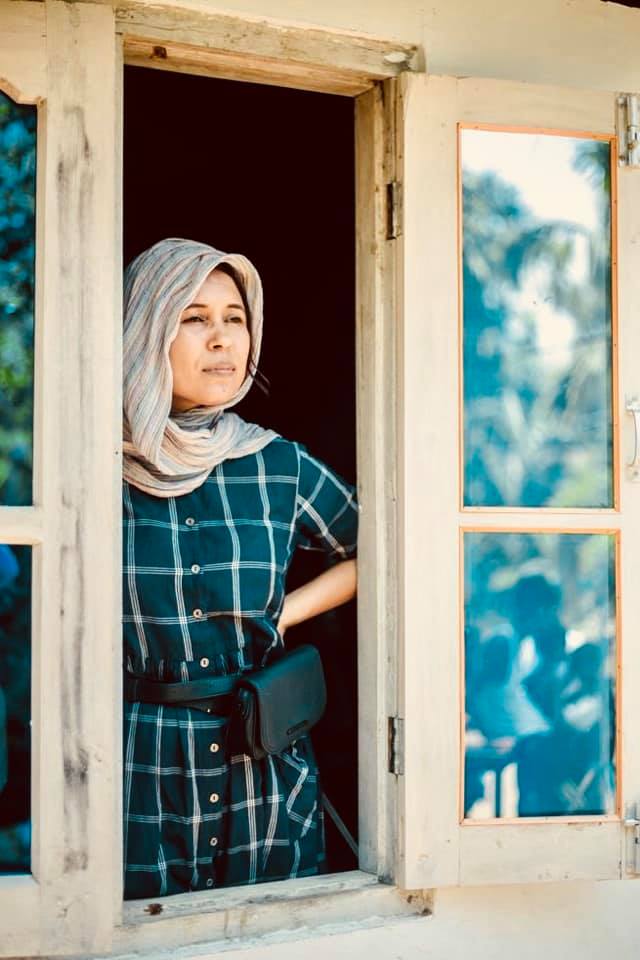
A Self-Taught Filmmaker Who Is Changing The Game
How she managed to elicit such brilliant performances out of first-time actors has a lot to do with her incredible journey into filmmaking. Growing up in Chhaygaon, Rima harboured dreams of becoming an actor.
Despite clearing her National Eligibility Test (NET) after her Masters in Sociology at Pune University, she moved to Mumbai during the early 2000s to pursue that dream.
The dream was big, but even reaching a casting director was a lot of trouble, particularly without the internet. She recalls being innocent and naive about the business of filmmaking in Mumbai.
“During school and college in Assam, I did very well as an actor. When I ended up in Mumbai, however, I missed that spontaneity and fear began to rule me. I did some acting workshops in Mumbai and some theatre too, but through the process, I remember thinking to myself, I used to be a good actor. How did I become so conscious of myself?” she recalls.
Till 2013, Rima was one among many struggling actors in Mumbai. She was offered bit roles, but they were so inconsequential that she couldn’t even recall them herself. The dream of becoming a film star was beyond reach.
“I realized that it was hard to get roles. Instead of seeking them out, I decided to make my own movies and act in them as well. That was my plan. But when I made my first feature film Antardrishti (Man With The Binoculars), which was shot with a Canon DSLR camera in Kalardiya near Chhaygaon, it was so difficult to do both. I wasn’t happy at all with the results. I believe my film suffered because I wanted to act in it myself. I couldn’t completely focus on both aspects working with a very small crew. Until my first film, acting was a priority, but then my focus shifted completely towards making films,” she recalls.
Direction was easier for Rima because she had bought a camera, which she calls “my weapon,” and didn’t have to depend on anyone to make her movies.
“Rima has also completely changed the way we look at filmmaking as well. I’m a film school graduate, and we are trained to look at it like a collaborative process—we depend on others to fulfil certain aspects like editing, costume designing, screenwriting and producing. But she does everything from writing the script to directing, camera work and costume designing to editing all by herself. She has made filmmaking such a personal endeavour,” says Dominic.

Rima says that this is because she did not know how to separate each of these roles or that she needed to hire someone different to manage each of these tasks.
“As I did not go to a film school, I saw making films as a whole. It was not like I shouldn’t do casting, writing screenplays, doing camera work, editing or doing art direction. I didn’t see making movies like it. When I watched films, I saw all these elements coming together to create one overall experience,” she says.
Fortunately, her first film, Antardrishti, was very well received on the international film festival circuit with screenings at the Mumbai Film Festival and the Tallinn Black Nights Film Festival in Estonia in 2016, besides winning a couple of state awards. What this initial success did was give her hope that she was going in the right direction.
“With Antardrishti, I had to hurry things because of the limited budget, small crew and financial circumstances. However, with films like Village Rockstars, I had the liberty that I didn’t have earlier. Sometimes, I would be on location, and there was no shooting because certain things weren’t happening. So, the process of casting and the close bond I established with the actors in a deeply personal work helped me. These films are a reflection of myself,” she says.
It took her three years to make Village Rockstars—she started shooting in 2014, and the film premiered in 2017. Shooting for Bulbul Can Sing began in 2017. In three years, she premiered Man With The Binoculars (2016), Village Rockstars (2017) and Bulbul Can Sing (2018).

Influences & Acclaim
“When I watched Satyajit Ray’s Pather Panchali in 2007, it made me believe that this is how you can also make movies. Growing up, making films didn’t feel like a realistic objective since I had known commercial cinema to be too big and expensive with massive budgets. I never thought I would make movies and it wasn’t a realistic dream for me,” she says.
But watching films by the likes of Ray, Federico Fellini, Majid Majidi, Ingrid Bergman, Andrei Tarkovsky and Wong Kar Wai, amongst others, helped her realize that she can one day go back to her village and make films steeped in realism; and that they need not necessarily have dance sequences, songs, or a big budget.
Influenced by such auteurs, it’s no surprise that her films have a non-linear plot.
“As I grew up, I stopped enjoying linear films, where I know where the story is leading me. I like non-linear films that surprise you,” she says.
And who would have thought that one day, films with non-linear storylines, shot in rural Assam by a self-taught filmmaker could take Indian cinema to the world?
“We don’t make films for ourselves. We need an audience to watch them and connect with us. It’s the ultimate goal for any filmmaker. I saw a Rima before Village Rockstars, who was also unsure about herself and her work. But great films will find their way to a large audience and people will accept it commercially as well. She even broke away from the norms of approaching sales agents, distribution and did it all by herself. People today want to watch her films after Village Rockstars because she has become a global name,” says Dominic.
She recalls dealing with all the praise that came with her films. “It was madness,” she says, recalling the innumerable interviews, award functions, film festivals, and speaking events, particularly in her home state after Village Rockstars, which became the first Assamese film to win the National Award for Best Feature Film in 30 years.
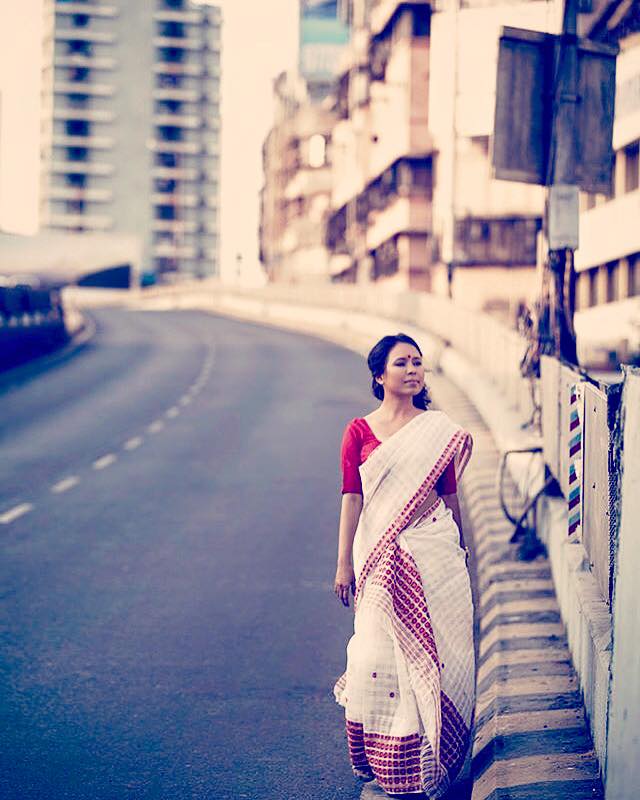
“My phone is still like a public telephone, but I cannot switch it off or change numbers because these films are my babies. I need to take care of them,” she laughs.
But she also acknowledges what the global acclaim has done for her.
“Whoever survives, they are heroes. Hope is what keeps us moving forward. In my life, I have gone through many hardships, and I consider myself a survivor. That’s why Bulbul Can Sing is also a metaphor. Although Bonnie was a better singer, Bulbul sings her life song because she survived with whatever happened. My work is a reflection of life. I remember in difficult times, when I thought there was nothing left in my life, only songs, movies and books helped me overcome my troubles. For anyone who watches my films, I hope some moments can help and motivate them, but more importantly, make them feel something. It’s not that I want to send a definitive message, but I want people to look forward to life,” she says.
(Edited by Gayatri Mishra)
Like this story? Or have something to share? Write to us: [email protected], or connect with us on Facebook and Twitter.
If you found our stories insightful, informative, or even just enjoyable, we invite you to consider making a voluntary payment to support the work we do at The Better India. Your contribution helps us continue producing quality content that educates, inspires, and drives positive change.
Choose one of the payment options below for your contribution-
By paying for the stories you value, you directly contribute to sustaining our efforts focused on making a difference in the world. Together, let’s ensure that impactful stories continue to be told and shared, enriching lives and communities alike.
Thank you for your support. Here are some frequently asked questions you might find helpful to know why you are contributing?


This story made me
-
97
-
121
-
89
-
167











